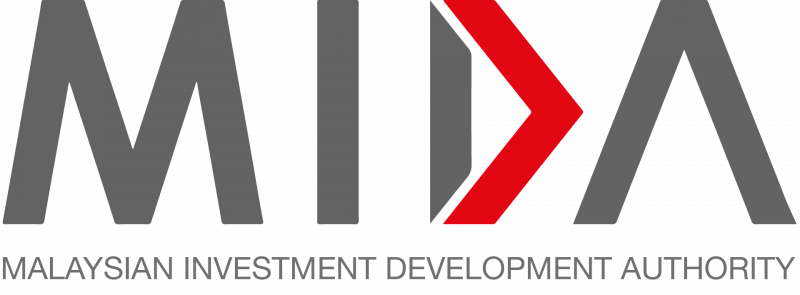Malaysia’s semiconductor industry is set to solidify further with various commendable initiatives outlined under Budget 2025, including the Supply Chain Resilience Initiative and the New Investment Incentive Framework.
Malaysia Semiconductor Industry Association (MSIA) director Andrew Chan said the Budget, with a stronger focus on developing talent in the electrical and electronics (E&E) sector, has further solidified the country’s role in the global semiconductor supply chain.
“These efforts aim to bolster the country’s competitiveness in the semiconductor sector and the measures outlined in the budget lay a solid foundation for long-term growth and resilience within the industry,” he told Bernama.
Budget 2025 was unveiled by Prime Minister Datuk Seri Anwar Ibrahim, who is also finance minister, on Friday, with an allocation of RM421 billion, comprising an operating expenditure of RM335 billion and a development expenditure of RM86 billion.
The expansionary budget also involved the introduction of the New Investment Incentive Framework, including a strategic investment fund worth RM1 billion aimed at enhancing the capacity of local talent and encouraging high value activities to be carried out in the country. This framework, which focuses on high value activities as opposed to existing incentives based on specific products, is expected to be implemented in the third quarter of next year.
To enhance the diversification of the E&E sector through high-value-added activities, such as integrated circuit (IC) design services and advanced materials, the government has agreed to expand the tax incentives to boost exports to include IC design activities.
In efforts to reduce the economic gap between regions, special income tax incentives will be offered for investments in 21 economic sectors in Perlis, Kedah, Kelantan, Terengganu, Sabah and Sarawak, subject to the success of economic spillovers.
Meanwhile, commenting on the government’s plan to implement a multi-tiered levy mechanism (MTLM) early next year to reduce dependence on foreign workers, Chan said it is a proactive step by the government.
He reckons that the levy proceeds will be reinvested in the industry for automation and mechanisation, which aligns well with the broader push for digital transformation and increased efficiency. “We look forward to hearing more details of the MTLM,” he added.
Source: The Sun
Budget 2025 set to strengthen Malaysian semiconductor industry: Association
Content Type:
Duration:


